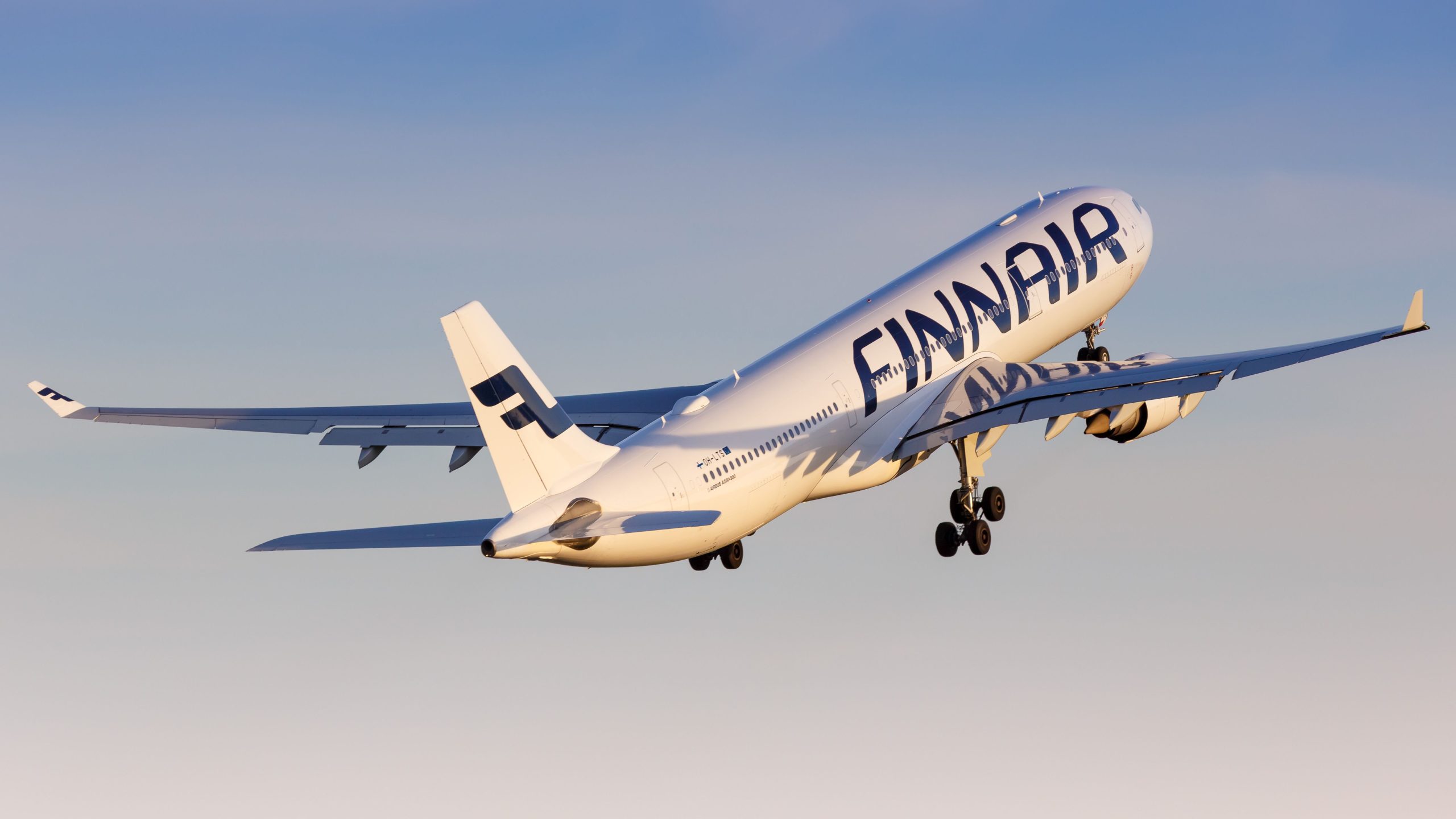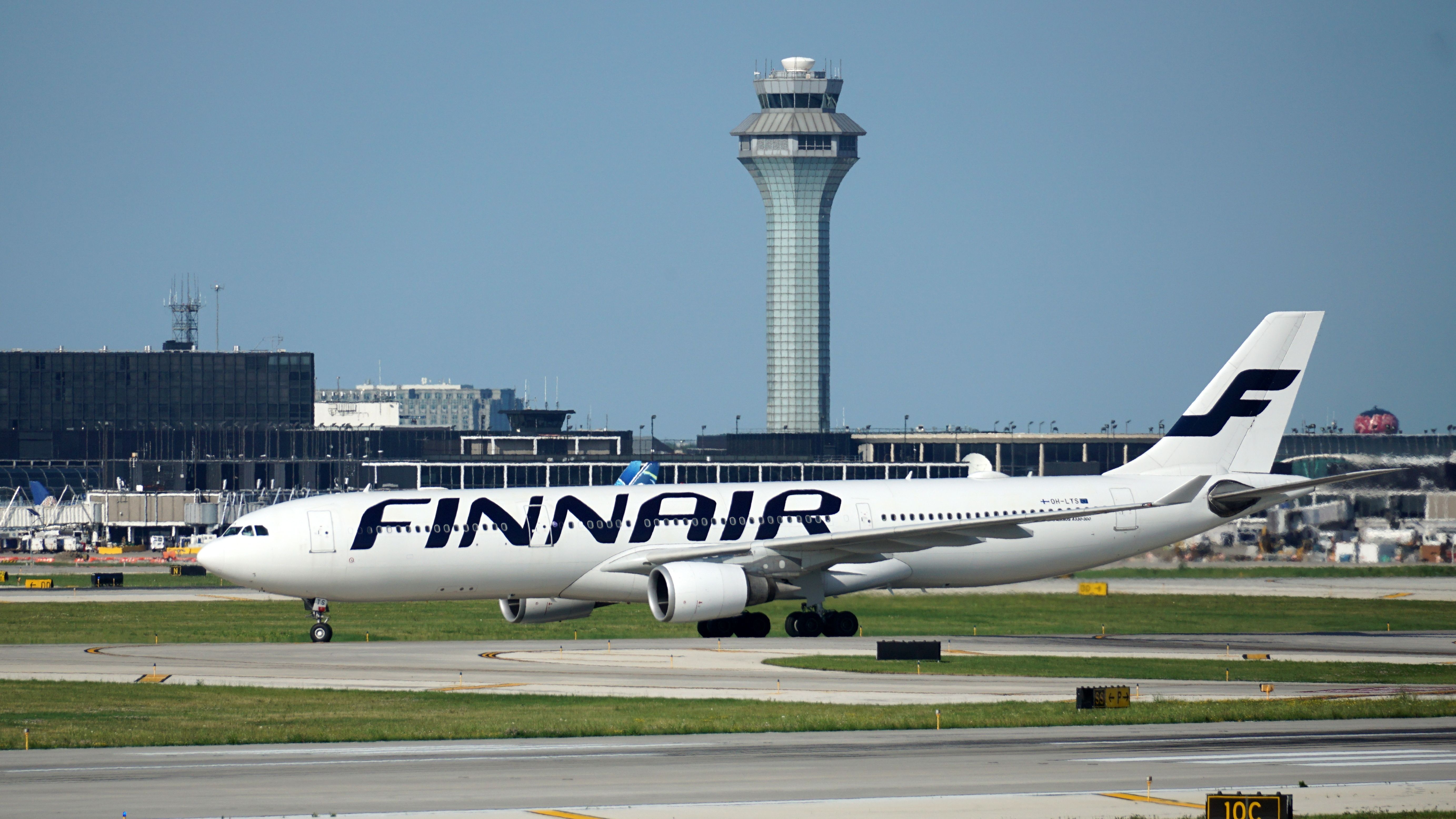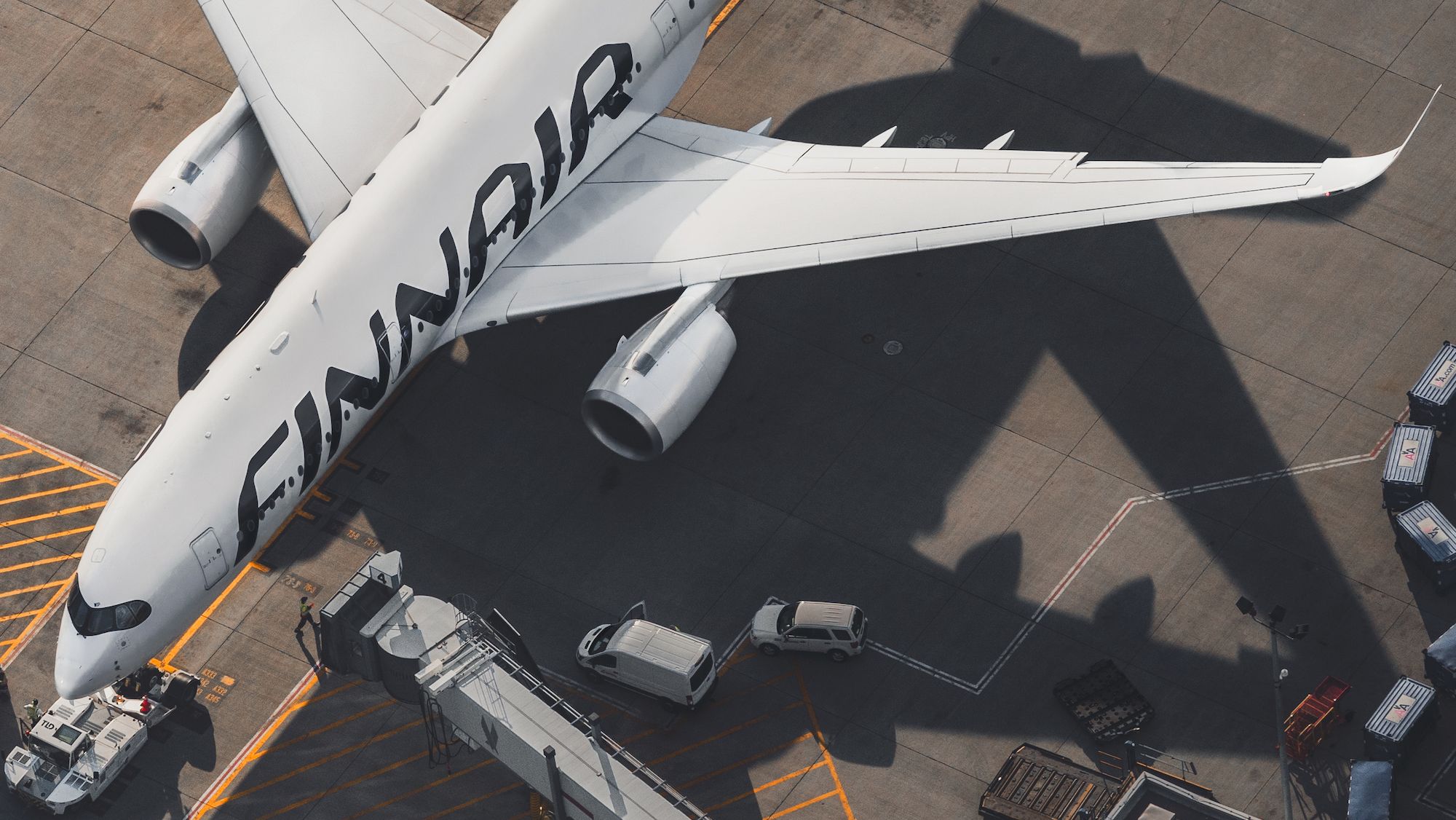Summary
- Finnair has seen a recovery in its Asian market, with passenger traffic to Asia increasing by 37.7% compared to pre-pandemic levels.
- The carrier achieved a load factor of 77.9% across its network in September.
- The closure of Russian airspace continues to impact Finnair’s operations, leading to longer flight times and increased costs.
Finnair has released its latest monthly traffic performance figures. The carrier made a significant recovery in the Asian market but still feels the impact of the Russian airspace closure.
Finnair continues recovery
The Finnish airline served 921,800 passengers in September, a 3.5% increase in traffic year-on-year and down 5% from August, to be expected due to seasonality and one less day in September.
Finnair said,
“September passenger traffic figures improved year-on-year as the COVID-19 pandemic impacts have mostly faded and as the Russian airspace was closed already during the comparison period.”
Overall capacity as measured in available seat kilometers (ASK) was 9.8% higher than in September 2022, while Revenue Passenger Kilometres (RPKs) were up 13.0% year-on-year. The airline’s half-year results announced this summer were also promising – recording a 52% increase in revenue and 40% more passenger traffic year-on-year – leading the carrier to revise its 2023 profit outlook to a more optimistic figure.
Photo: On The Run Photo | Shutterstock
As for its cargo operations, Finnair benefited from a new partnership with Qatar Airways and the rejuvenation of its Asian network. Available cargo tonne kilometers went up by 22.6%, while revenue cargo tonne kilometers improved by 20.6%, even in spite of the airline’s reduced North Atlantic capacity.
Asian resurgence
Following the lifting of remaining COVID restrictions in key Asian countries at the start of 2023, the airline has understandably seen a marked increase in traffic to its Asian destinations. Passenger traffic to Asia was up 37.7% (over 103,000 passengers) – a 31.8% increase in ASKs in this sector was driven by added capacity on flights to Japan and South Korea, while its RPKs improved to an even greater extent by 39.4%.
Photo: Wirestock Creators | Shutterstock
However, Finnair noted that the adverse impact of Russian airspace closure remains when comparing last month to pre-pandemic figures. As a result of the closure, Finnair had to amend its routing on long-haul routes, increasing flight times and thus operational costs.
The airline recorded a load factor of 80.5% on its Asian network, followed by Europe (78%), domestic flights (76.1%), North Atlantic (75.4%) and Middle East (70.7%), with an overall load factor of 77.9% representing a two-percentage-point improvement. Notably, the airline recorded a 43.5% drop in capacity on its North Atlantic network year-on-year.
Financing announcement
As reported by ch-aviation, Finnair has announced plans for a rights issue of up to 600 million euros ($633 million). According to a company statement, the airline said it would contribute to lowering financing costs, sustainable growth, future investments, and paying off a chunk of a 400 million euro ($422 million) capital loan.
Photo: Danil Tsoy | Shutterstock
The Finnish carrier has plenty to be optimistic about heading in 2024. It has lined up a significant network expansion next year involving more flights to Europe and Asia. Earlier this summer, the airline managed to hit one million monthly passengers for the first time since February 2020.
Have you flown with Finnair this year? Do you see the carrier having a successful 2024? Let us know in the comments.
Source: ch-aviation





